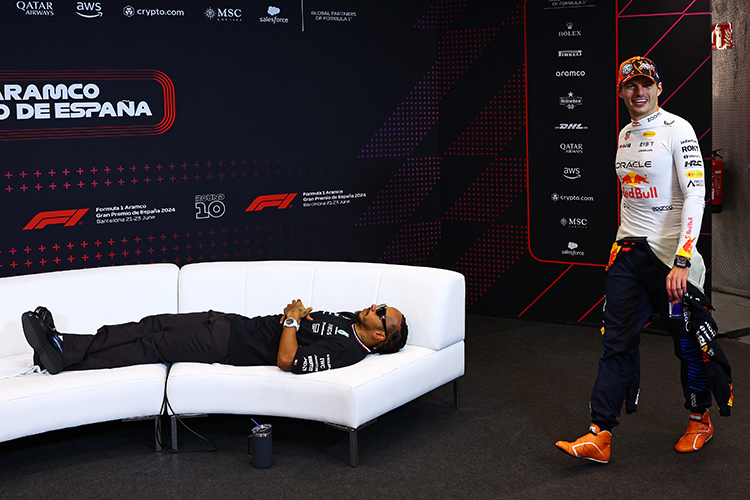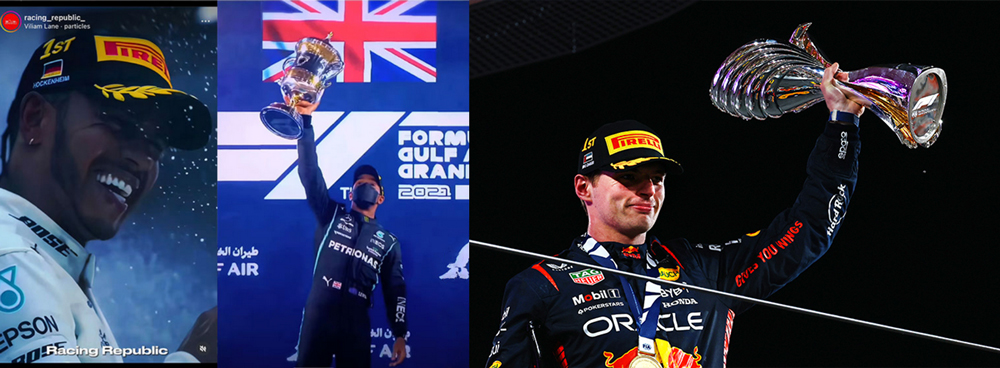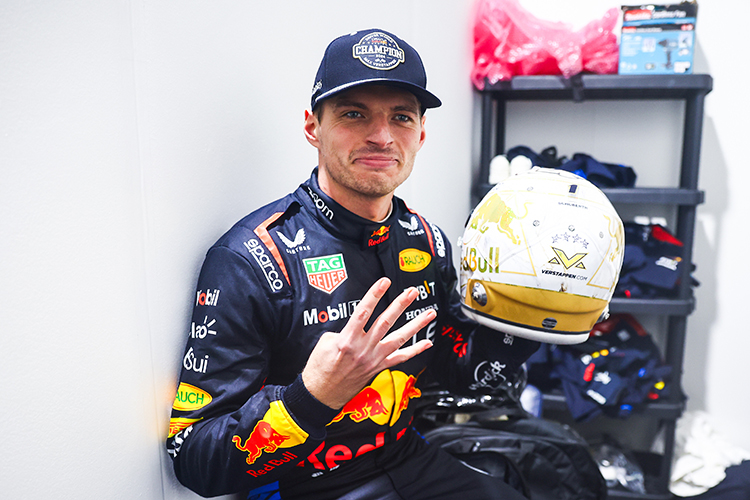How Long Does a Typical F1 Pit Stop Take for a Top Team?
Inside the Box: What Makes Top-Team Pit Stops So Fast—and What Slows Them
How long is a top F1 pit stop?
Short answer: about 2.0–2.5 seconds of stationary time for a clean, tyre-only stop. If you include the drive through the pit lane, the total time loss is typically 20–25 seconds depending on the circuit.
Key numbers at a glance
- Stationary time (tyres only, top teams): 2.0–2.5 s
- Lightning fast outliers: sub-2.0 s (record-class)
- With a small front wing tweak: +1–2 s
- “Pit lane delta” (in + out including speed limit): ~18–30 s by track, most commonly 20–25 s
- Pit lane speed limit: usually 80 km/h (Monaco 60 km/h)
What do we mean by “pit stop time”?
Two different clocks matter:
- Stationary time: how long the car is stopped at the pit box while the crew change tyres (the bit you see in the close-up). This is the 2.0–2.5 s number.
- Pit lane delta: the total time you lose versus staying on track, including slowing for the pit entry, trundling along at the pit limit, the stationary time, and accelerating back out. This varies massively by track length, pit lane length, and speed limit.
How fast is “fast” in modern F1?
- Elite standard: Front-running squads routinely bank 2.0–2.5 s stops when the car arrives perfectly and all four corners behave.
- Near the edge: Sub-2.0 s is still special—think of the best of Red Bull, McLaren, and Ferrari on their very sharpest days.
- Benchmark moment: DHL credited McLaren with a 1.80 s stop at the 2023 Qatar GP, the fastest officially recorded at the time. Sub-two remains rare because consistency and safety trump chasing a hero number every lap.
Why not always under two seconds?
Because the risks explode as you shave tenths. Modern 18-inch wheels and tyres (introduced in 2022) are heavier and more unwieldy than their predecessors, and teams are conservative with release margins to avoid penalties and unsafe releases. Top teams prefer 2.2 s all day over 1.9 s once and a 5.8 s disaster the next time.
Inside a top-team pit stop: 20 humans, one heartbeat
A typical front-running operation brings roughly 20 crew to the car:
- 2 jack operators: front and rear, lifting and dropping the car in sync.
- 4 wheel-gun operators: one per corner, loosening and tightening the single central wheel nut.
- 4 “off” mechanics: pull the old wheels.
- 4 “on” mechanics: fit the new wheels.
- 2 stabilisers: steady the car and help guide the nose.
- 1 front wing adjuster: makes flap tweaks when needed.
- 1 “lollipop” or traffic-light controller: the final go/no-go decision-maker, watching pit lane traffic and green-lighting the release.
- Floaters/spares: ready to jump in if a gun fails or a tyre sticks.
The choreography
- Approach: The driver nails the pit limiter right on the line and hits the box mark to within centimetres. Aim off by a little and everything slows.
- Up: Jacks pop the car up as the guns simultaneously crack the nuts.
- Swap: Old tyres off, new tyres on. Guns torque the nuts home. Each corner calls “clear.”
- Go: When all four are confirmed and the lane is safe, the car drops and launches.
What adds time?
- Front wing changes: A small flap tweak adds ~1–2 s. A full nose/wing swap adds much more.
- “Sticky” wheels or cross-threaded nuts: Can balloon a stop to 5–10+ s instantly.
- Double-stacking: When two team cars pit back-to-back, the second usually waits 2–4 s for the box to clear—unless the first stop is imperfect, in which case the delay compounds.
- Traffic: A car blasting past your pit box can force the release controller to hold for safety.
- Damage checks and tear-offs: Cleansing a visor tear-off from a brake duct or clearing debris costs seconds but can save a race.
The pit lane delta: why the same stop costs different time at different tracks
- Speed limits: Most circuits run 80 km/h; Monaco is 60 km/h. Bad weather or temporary directions can also lower limits.
- Pit lane length and layout: Some pit lanes are long and narrow; some have tricky entries/exits. That swings the total time loss by several seconds.
Typical ranges
- Monaco: ~20 s loss despite the slower limit (short pit lane).
- Many venues (e.g., Barcelona, Silverstone): ~21–25 s.
- Outliers can push toward 28–30 s depending on length and limit.
Strategy in two seconds
- The undercut: Fresh tyres after a crisp 2.1 s stop can flip track position if your out-lap bite is strong.
- The overcut: Sometimes staying out and keeping clean air is worth more than a fast stop into traffic.
- Safety Cars and VSCs: Neutralisations compress the pit delta dramatically—this is where track position can turn on a dime.
Rules and safety: why there’s no “minimum time”
- There’s no mandated minimum stationary time for tyre stops. But strict rules govern safe releases and wheel attachment.
- Teams build in sensor checks and procedural confirmations to avoid releasing a car with a loose wheel—an immediate retirement and a heavy penalty risk.
- Penalties: Unsafe release typically earns a time penalty; an incorrectly fitted wheel can force retirement and sanctions.
How top teams get so consistent
- Repetition: Crews practice hundreds of times per week at the factory and at the circuit.
- Margins: They tune torque targets, gun pressures, jack heights, and the driver’s brake/throttle cues to the millimetre and millisecond.
- Data: High-speed cameras and force/angle sensors identify tiny losses—an ankle turn here, a wheel angle there.
- Reliability over glory: Consistent 2.2–2.3 s stops across a season often beat one 1.9 s gem surrounded by 3–4 s hiccups.
A brief history for context
- Refuelling era (pre-2010): Pit stops took 6–12 s with fuel hoses attached; tyre changes were slower and less central to strategy.
- Post-refuelling (2010 onward): Tyres-only turned the pit stop into a pure sprint. Times plummeted; the very best compressed into the low-2s and occasionally below.
- 18-inch wheels (since 2022): Heavier assemblies nudged averages up a touch, but top-flight operations are back comfortably around 2.0–2.5 s.
What fans can watch for on TV
- The front wheels: Left-front is often the choke point. If the car drops and you still see a gun on that corner, brace for a slow one.
- The release: If the car pauses with all four tyres clearly on, it’s usually traffic—not a botched fit.
- Double-stack drama: Listen for the commentator’s cadence; if the first stop hiccups, the second car is about to lose big.
FAQs
- Can teams go under one second? Not with today’s equipment and rules. Human reaction, confirmation steps, wheel mass, and safety margins make sub-1 s fantasy territory.
- Do practice pit stops matter that much? Yes—muscle memory and consistency win. Tiny, repeatable gains across 23–24 races add up to positions.
- Are all crews equally fast? No. Top-tier teams invest huge time and tech. Midfield teams still nail 2.3–2.7 s routinely, but the best string together more of the low-2s.
Bottom line
- Typical top-team stationary time: 2.0–2.5 seconds for a clean tyre change.
- Fastest outliers: Just under two seconds, with record-class stops around 1.8–1.9.
- Race-costing reality: The pit lane delta you actually “lose” is around 20–25 seconds at most circuits.
In other words, a top-team pit stop takes about as long as it takes you to say “box, box”—and it can win or lose a Grand Prix just as quickly.
Up Next



